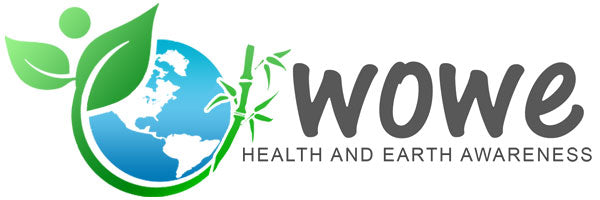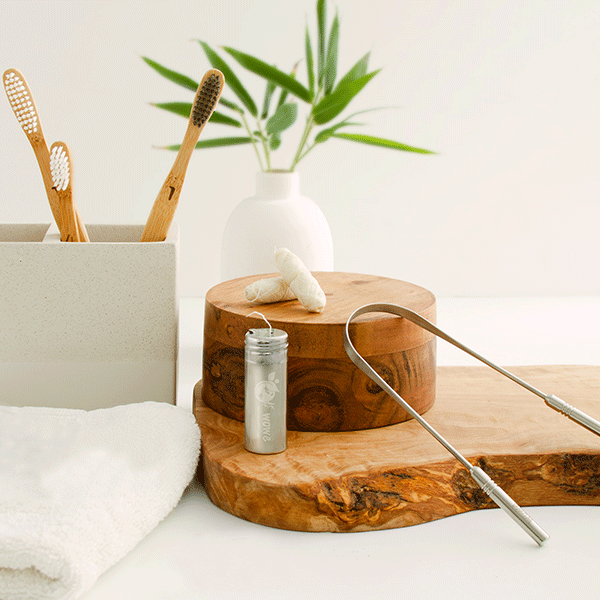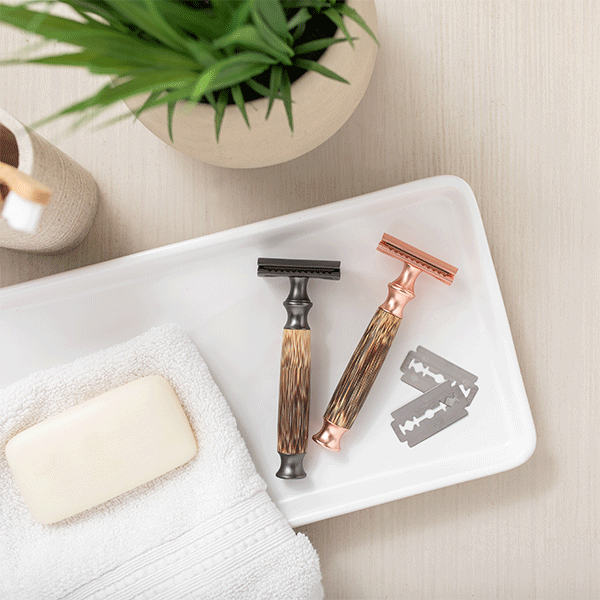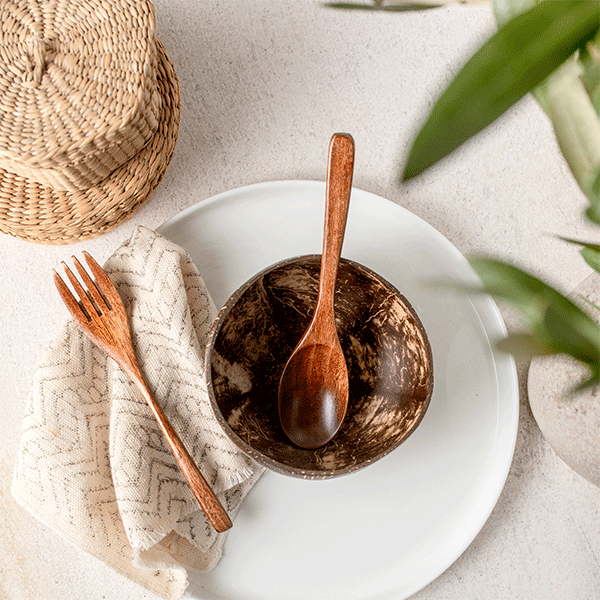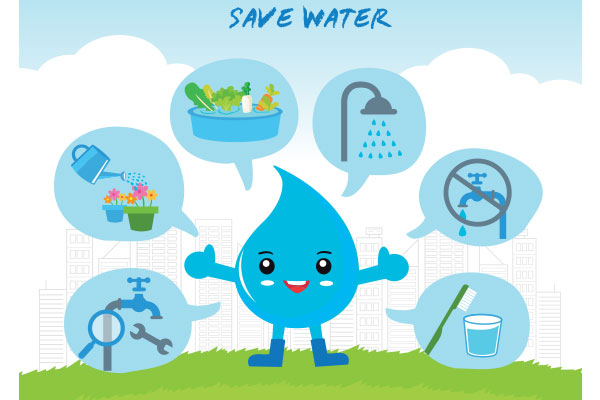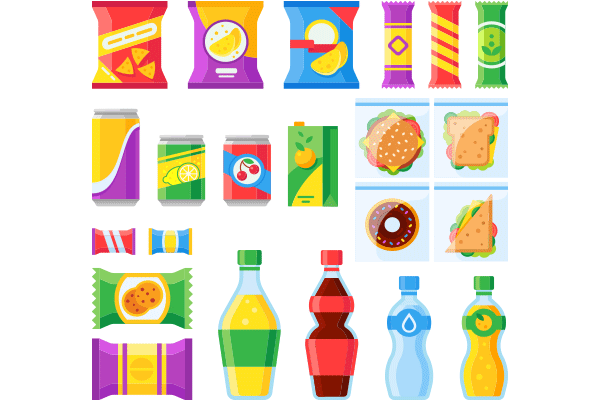You might think of silk as something reserved for wealthy fashionistas, but here at Wowe Lifestyle, we are just wild about silk! Though most people might imagine luxurious bed sheets or a set of expensive pajamas when they hear the word ‘silk’, the first thing that comes to our minds is dental floss! Nylon dental floss is bad for the environment, which is why we set out to find a more environmentally friendly alternative. When we discovered silk, we were thrilled to have found what appeared to be the perfect nylon substitute.
Once we decided that silk was the perfect material to use for our eco-friendly dental floss, the question became this: can silk be harvested sustainably and humanely? You see, the silk industry has faced criticism for decades over an ethical controversy surrounding the harvesting process. Despite silk appearing to be the perfect solution to our dental floss problem, we wanted to be sure we were staying true to the core values Wowe was founded on.
Silk is made from fibers excreted by the silkworm, a caterpillar that undergoes several phases of evolution, including the transition from pupa to moth. Silkworm pupa weaves a solid cocoon of silk around themselves, shielding their vulnerable bodies as they transform, sprout wings, and reach full maturity. Targeting the silk fibers of the cocoon itself, silk harvesting often results in the deaths of the silkworms, an ethical concern for many animal rights advocates and conservationists. So, how do you get to the silk without hurting the worm? Peace silk.
History of Silk
Silk fabric was first produced in neolithic China, supplementing the income of poor farmers and craftsmen. Over time, silk production in China increased, weaving techniques and technology improved, and silk became a global sensation. Demand for silk rose, and soon, silk became China’s most important and lucrative export. Ever heard of the Silk Road? Named for this all-important material, the Silk Road connected traders from China and East Asia to Europe, India, and the African continent, fueling the global economy.
Silk was being used for everything, from fine clothing to fans, tapestries, wall hangings, and even as paper for writers, painters, and other artists. Silk had taken the world by storm, and with demand continuing to rise, silk producers were developing new techniques for improving their yield. As time went on, silkworms were selectively bred to improve silk quality, and new techniques were created to slow or increase their growth rates.
Though guarded carefully for decades, silk production couldn’t remain a secret for long, and 300 CE, silk production had spread to Japan, Korea, India, Italy, Arabia, and beyond. Today, silk is manufactured and produced all over the world and silkworms have undergone countless evolutions to create modern-day silk.
Ethics of Silk Production
Despite the importance of silk, the ethics of its production have been questioned for centuries. Animal rights activists, conservationists, environmentalists, and important public figures have all spoken on the subject of silk production, condemning the practices involved in acquiring the silk from the worms. If you don’t want to read about worm-deaths, skip the next two paragraphs.
Silk production starts when the silkworms are pupa. Excreting thin filaments that harden on contact with the air, the silkworm pupa weaves a tight cocoon of silk around itself. Inside, the silkworm transforms, changing from a chubby caterpillar to a fuzzy, brown moth. Once the silkworm has completed its transformation, it breaks free from the cocoon, leaving it empty but with a small hole through which it escapes.
To prevent a hole from ever being made in the silk, traditional methods of silk harvesting require the cocoons to be boiled with the living caterpillars still inside. This method, which kills the caterpillars slowly in hot, boiling water, allows the cocoon to stay intact without any fibers being cut short. Criticized as an inhumane practice, this method of silk harvesting is still the most common method for acquiring silk.
Peace Silk
The demand for silk isn’t going anywhere, and though animal rights activists and environmental activists have called for silk manufacturers to find a better way, global efforts have been minimal. In the early 90s, however, a method for harvesting silk that does not harm the silkworm began to be developed.
Convinced that the deaths of billions of caterpillars could not be worth the price of this beautiful fabric, silk producers began to show interest in developing a new method of harvesting. Thus began the production of peace silk. Peace silk is exactly the same as regular silk, the only difference being that no caterpillars were harmed during its making. Rather than boiling intact cocoons containing caterpillars, peace silk producers wait until the moths reach full maturity and naturally break out of their cocoons.
During the escape, the cocoons sustain damage, reducing the amount of usable silk derived from each cocoon. As the moths are allowed to age to full maturity, the production of peace silk also takes slightly longer than regular silk production. With a slightly lower yield and a longer production time, some naysayers believe that peace silk simply isn’t worth it. For many others, the chance to save the lives of billions of silkworm moths is well worth the trouble.
At Wowe, we believe environmental conservation and humane practices are the keys to improving the state of the world. As the best eco-friendly alternative to nylon, silk could help us reduce global plastic waste and pollution. By choosing peace silk for our dental floss, we are not only helping our customers to use less plastic and reduce their waste, but increasing demand for ethically sourced products, increasing awareness, and reducing our own environmental impacts.
Say Goodbye to Nylon
So, now you know what peace silk is and why we chose it over regular silk, but why should you choose our product over conventional nylon dental floss?
Nylon is a super-durable plastic, favored for its flexibility, smooth finish, and ability to withstand friction. Though it may sound like dental floss and nylon are a match made in heaven, in reality, this super-strong plastic is super bad for the environment. Too lightweight to be processed by recycling plants, nylon dental floss is a non-recyclable item. Scraps of nylon thread find their way instead into landfills, rivers, oceans, or other natural environments.
Easily mistaken for food, nylon dental floss is frequently eaten by animals and marine life. In other cases, wildlife has been found with nylon floss wrapped around beaks, mouths, teeth, tongues, internal organs, feet, fins, wings, and more. Too strong for many animals to break free from, nylon dental floss can pose a serious threat to the safety of animals.
Silk, a completely natural material derived from silkworms, is a biodegradable material, making it the perfect alternative to nylon. Unlike nylon, silk will degrade, breaking down naturally without negatively impacting soil quality, wildlife health, and marine life. Smooth, strong, and flexible like nylon, silk dental floss is just as effective as nylon floss for cleaning and maintaining the teeth and gums.
Natural Silk Dental Floss with Candelilla Wax
Convinced it’s time to take the plunge and purchase yourself some eco-friendly dental floss? Perfect! Look no further than our very own Biodegradable Silk Dental Floss. Made from ethically sourced peace silk, coated in natural candelilla wax, and packaged in plastic-free packaging, this dental floss is a fan favorite amongst loyal Wowe enthusiasts. Providing the same clean feeling you love from your regular dental floss without any of the environmentally-harmful qualities of nylon, biodegradable silk dental floss is just one of the many ways you can live green without sacrificing your lifestyle.
Still not convinced? Consider this: whenever you finish a conventional roll of nylon dental floss, you are forced to throw away the plastic box it came in. At Wowe, we found a solution to this problem too. Rather than packaging our silk dental floss in disposable containers, we created a reusable stainless steel container to house your eco-friendly floss. Out of floss? No problem! Just toss a silk dental floss refill into the reusable cutter box, and you are set to floss to your heart’s content!
Are you interested in finding more ways to make your dental care environmentally friendly? Check out Wowe Lifestyle to discover more products for living an eco-friendly life.

